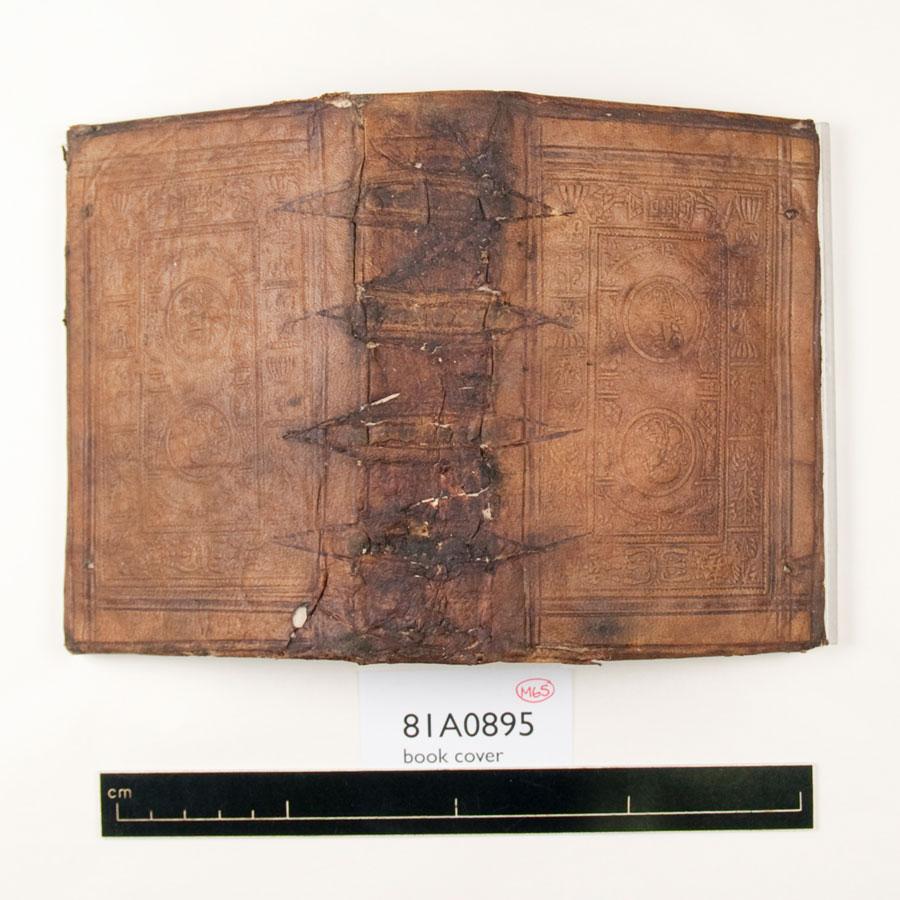Tudor Schools
In Tudor England you had to pay to go to school. Often, only boys from rich families went to school while the girls were educated at home. Poor children generally did not go to school, instead going to work from an early age to earn money for their families. Many boys attended parish schools where the local vicar taught basic skills. The wealthiest families would hire a tutor to teach their boys at home.
Boys often started school at the age of 4, learning to read and write, then at 7 they went on to grammar school. Grammar school taught Latin and Greek as well as logic, mathematics and rhetoric. Pupils were often required to speak in Latin while at school. Unlike our modern week, with two days off school at the weekend, Tudor schools were open six days a week! The school day started at 7.00am in winter and 6.00am in summer and didn’t end until about 5.00pm. ‘Petty Schools’ had shorter hours, to allow poorer boys to go to work as well.






